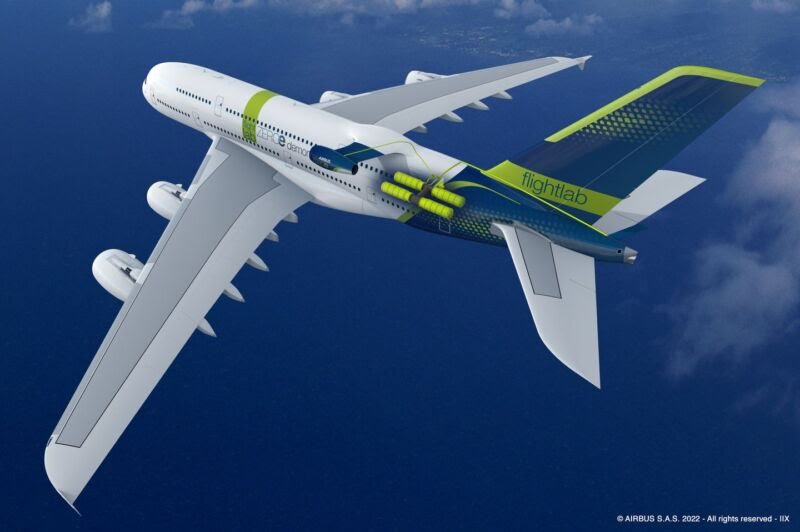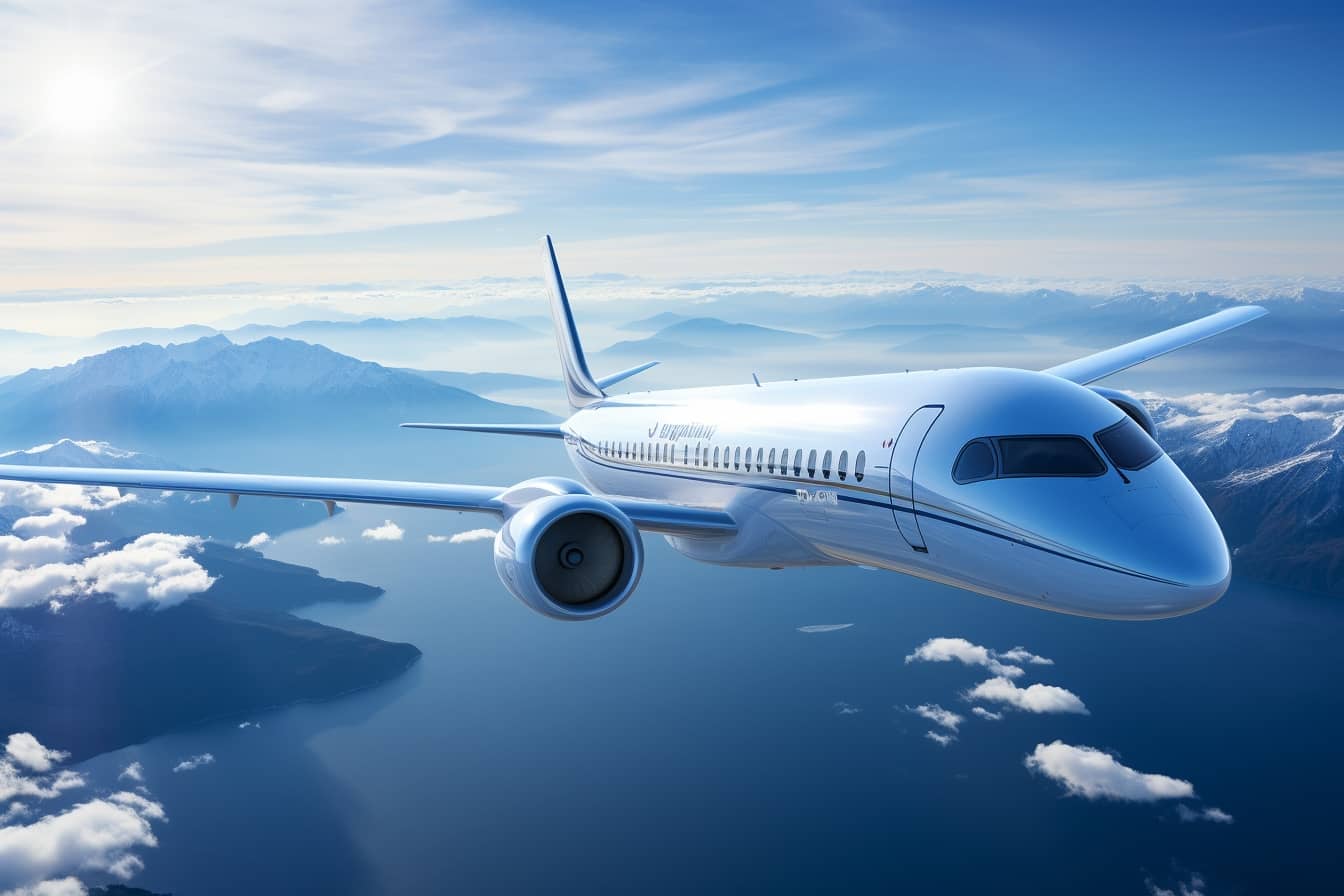The sky is about to welcome a silent but powerful revolution. Hydrogen-powered planes, once relegated to research labs and engineers' dreams, are now taking concrete shape and getting closer to takeoff. Thanks to some innovative startups, the future of sustainable aviation is almost here.
A 1500 kilometer journey powered by fuel cells is no longer a utopia, but a technological reality in the making. With a clear vision and a determined mission, the aviation industry is opening a new chapter, promising a world of greener, more responsible travel.
Hydrogen at take-off: we leave for tomorrow
The air in the halls of the recent Paris Air Show was full of expectations. At the center of attention was an object that looked like it came out of a time machine, but was well grounded in reality: a hydrogen fuel cell powertrain, proudly displayed by Beyond Aero, a startup based in Toulouse.
Hydrogen is the key to unlocking a sustainable future in aviation. The French startup has successfully tested a small-scale 85-kilowatt demonstrator, a crucial step in the design of a commercial aircraft.
“Although in its current form it only serves ultralight aviation, the successful test of the powertrain is a crucial step in our technical development journey,” said the co-founder of Beyond Aero, Hugo Tarlé.

1500 kilometres: not a bad start
The commercial version of the aircraft will have a range of 800 nautical miles (approximately 1480 km) and will be powered by a 1 MW powertrain. It won't be a single large megawatt fuel cell, but multiple cells. It will be based on the same technical choices shown on the demonstration aircraft.
“With hydrogen fuel cell technology, we could achieve a certain performance in terms of the autonomy of our aircraft. We realized that with a range of 800 nautical miles, we could cover 80% of the private jet market” Tarlé said.
Batteries? No thanks, we're on a diet!
A battery-only aircraft is not an option, they are too heavy for a plane. However, there will be hybridization of the fuel cell with batteries for phases where extra power is required, such as during takeoffs.
Tarlé also highlighted the urgent need to decarbonise business aircraft due to their CO2 emissions. “CO2 emissions per passenger in a private jet are 10 times higher than those of an airline passenger,” he said.
The factor in choosing a relatively small aircraft, though, was the certification process.“As a young startup, it is more realistic to aim for a CS 23 category certification rather than an airliner certification,” Tarlé said. Good idea.
Also a challenge in design: not just a "nice nose"
Speaking of design challenges, mastering the characteristics of hydrogen and oxygen inside the fuel cell is perhaps the most critical task. “To achieve maximum fuel cell efficiency, we are considering several factors such as the use of a compressor, an intercooler and a filter, as well as changing the characteristics of the hydrogen (for example, increasing its temperature) before it reaches the 'fuel cell anode,' he said.
That's not all: there was the cooling system to think about. “We have to evacuate a lot of thermal energy, which adds a lot of weight. Mastering the complexity of the cooling system was key, and we patented a solution to this."
CVD: hydrogen is ready for takeoff
The era of hydrogen-powered aircraft is upon us. Startups like Beyond Aero and giants like Airbus converge on the same objectives: it is no longer a distant dream, but a reality in the making. Its takeoff can be an exciting new chapter in human history.


